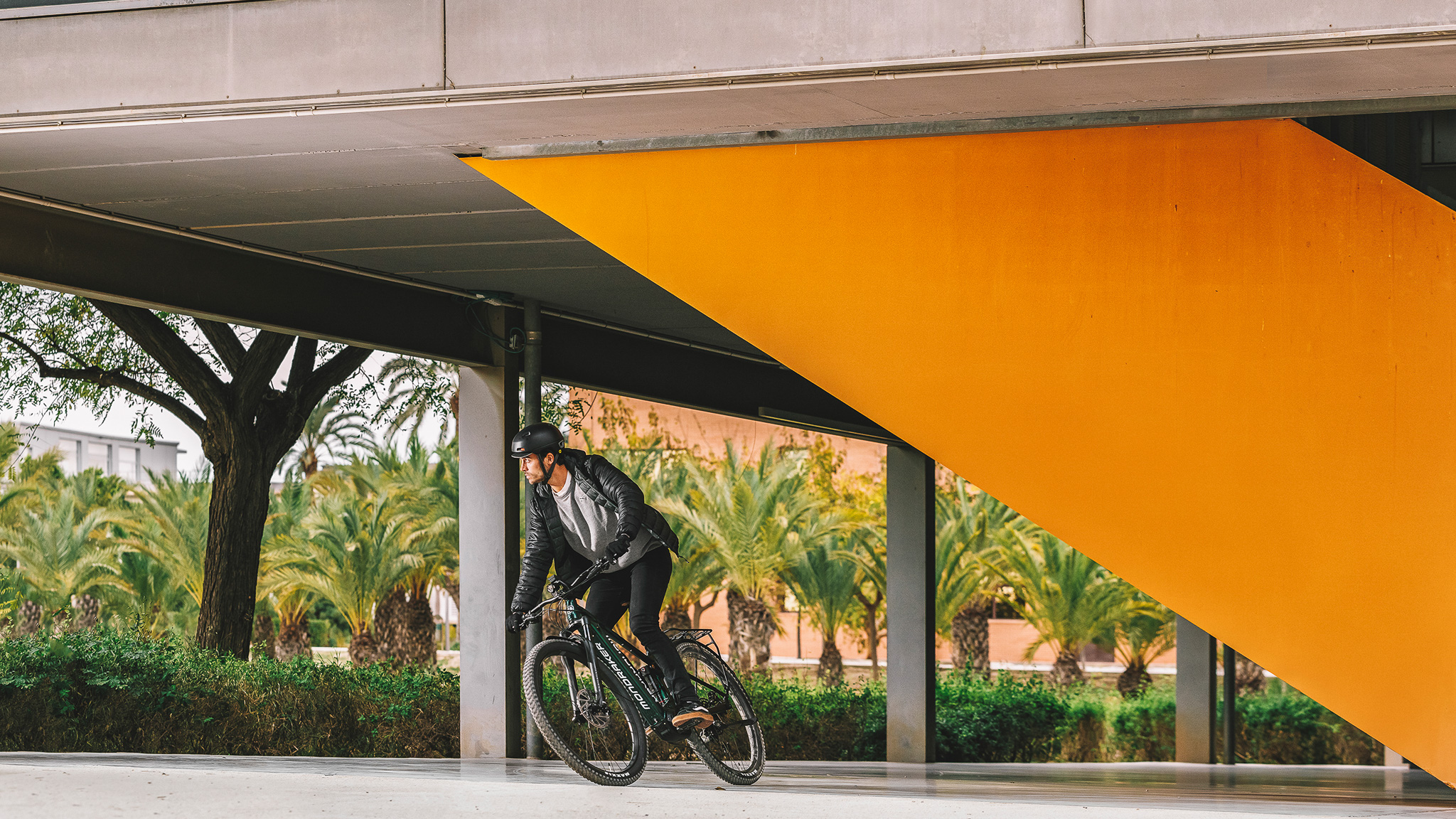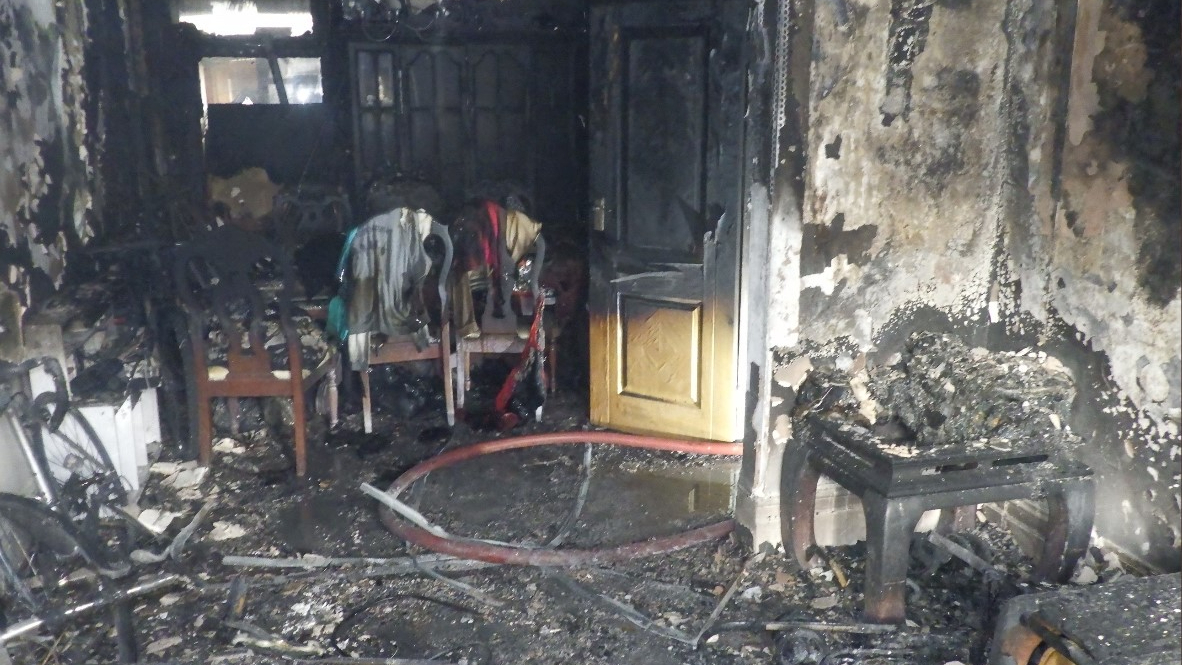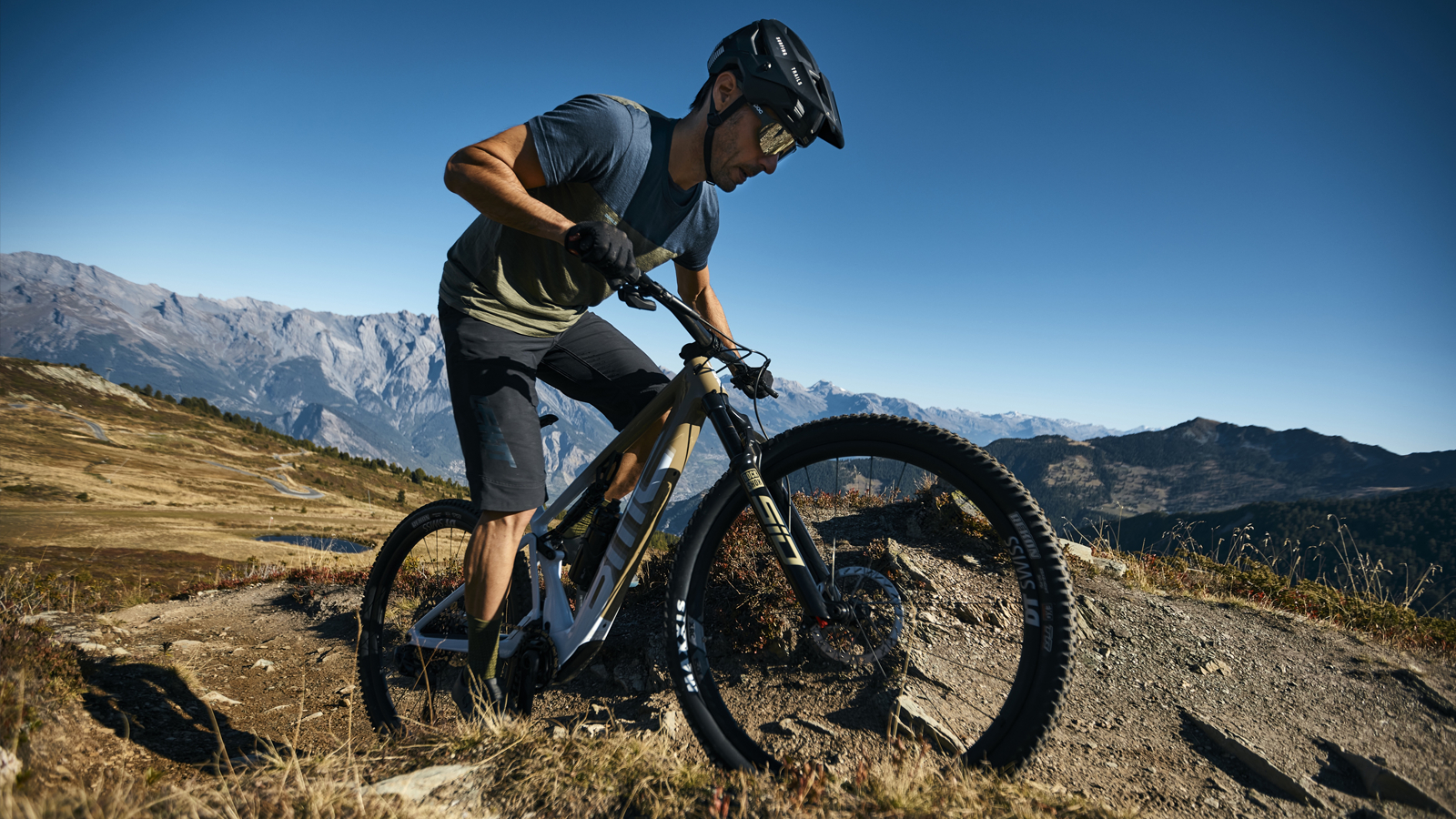
Even if you didn’t see the tragic news from two weeks ago about an e-bike related fire killing a mother and her two children in Cambridge, it wouldn’t take long on Google to uncover some similarly horrible stories and statistics. The four people who died in New York in late June took the lithium battery fire related toll to 13 for the year – already double that recorded in 2022. E-bike related fires are up 60 percent too. With 70 incidents recorded by the end of last month, it’s been enough for London Fire Brigade to start a campaign called Charge Safe to reduce the risks.
While almost all of the fires reported are related to low cost e-bikes (or conversion kits) that use unregulated batteries and chargers often bought direct from the far east by individuals or businesses, even the most advanced big name batteries have an inherent incendiary risk. When you talk about e-bike battery fires you’re not just talking a bit of smoke and gradual ignition either. Densely packed lithium ion cells burn with savage ferocity that can engulf a room with dense heat and smoke in seconds, while burning lithium batteries are hard to extinguish too. That’s why e-bikes have their own shipping restrictions and guidelines with courier companies and why you’re not allowed to fly with an e-bike battery either.
Many of the fatal incidents and major fires have been in e-bike shops or repair centres where lots of batteries, e-bikes and e-scooters are often packed together to create a lethally explosive environment. It only takes one faulty charger overloading a cell or a damaged battery short circuiting to ignite the whole lot. It doesn’t even have to be a fire related to the batteries or charging that causes the issue, if flames from another source get to the cells, the result is the same.

While death and destruction are obviously the worst outcome of e-bike fires, now that the issue is becoming prime time news that has major implications for other aspects. Many of which spill over to distributors, shops or even individual e-bike users. Zurich insurance company was already reporting and acting on the 150 percentage increase in London e-bike fires between 2021 and 2022 which is likely to impact household and business cover costs.
US contributors to the Geek Warning podcast, which has also covered this issue, pointed to condo associations and other groups likely moving towards restrictions on e-bike storage on premises. With housing spaces at a premium, landlords and insurers are often keen to add a premium wherever they can, there’s no reason why that won’t apply in other countries or property situations either. And while the stats point to cheap, unregulated e-bikes being the cause of the vast majority of incidents, we doubt that you’ll always be able to argue that your 12 grand uber e-bike should be exempt from e-xtortion,

Being unable to distinguish between legal, pedal assist e-MTBs and increasingly common twist-and-go off-road e-bikes, like those made by Sur Ron, is shaping up to be a serious access issue too. Look on the forums and message boards of almost any local riding group and you’ll see posts about the damage being caused by these high powered, trail destroyers. And while mountain bikers might be able to spot the difference between a Sur Ron with a throttle and top speed of over 45mph and a Specialized or any other 'normal' bike limited to 20mph (US) / 15.5mph (UK and EU), that doesn’t apply to most people. My wife certainly didn’t have a clue what it was that crept up silently behind her in the woods and then blasted past up a climb. All she knew was that an ‘e-bike’ scared the bejeezus out of her and she was far from polite when the rider stopped and complained because our pug had finished his hot pursuit with a mouthful of trouser leg.
You can multiply this incident out through dog walkers, land managers and indignant legal e-bikers everywhere. But it’s obviously the last group that is potentially looking at losing access rights if a blanket ban on e-bikes is imposed by people sick of the damage and distress being caused. To be honest a lot of e-bikers don’t do themselves any favours either by digging up trails that aren’t suitably to be ridden with augmented power and extra weight or by de-regulating their bikes so they’re hitting Sur Ron style speeds.
At the risk of really scaremongering, these are issues already being caused by relatively low numbers of mostly officially imported and regulated bikes. If the pattern follows that of e-bikes then we’re likely to see much larger numbers of lower cost, unregulated e-MX style bikes not only burning up the trails but potentially burning up buildings as well.
So while e-bikes might be the hottest topic in cycling right now, we need to be very careful that the many positives about them don’t get engulfed in a potential firestorm.







